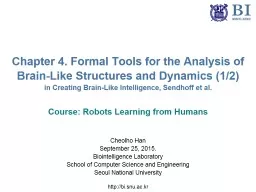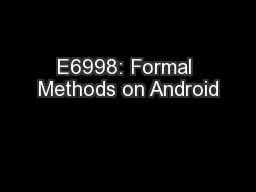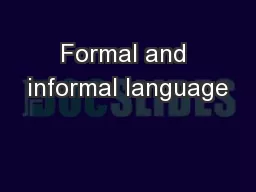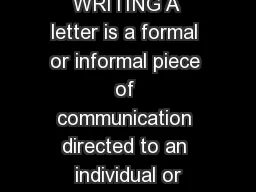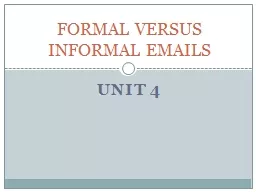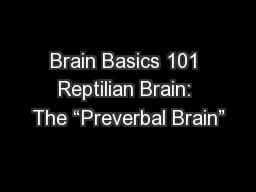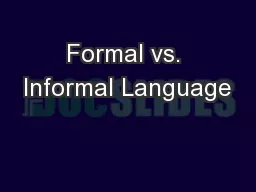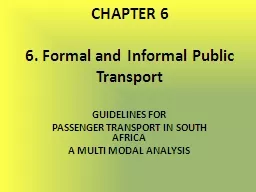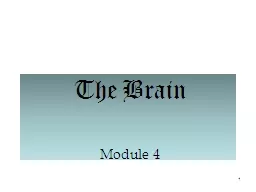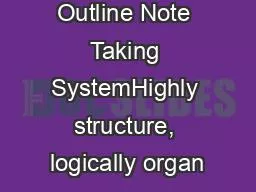PPT-Chapter 4. Formal Tools for the Analysis of Brain-Like Stru
Author : luanne-stotts | Published Date : 2016-11-22
in Creating BrainLike Intelligence Sendhoff et al Course Robots Learning from Humans Cheolho Han September 25 2015 Biointelligence Laboratory School of Computer
Presentation Embed Code
Download Presentation
Download Presentation The PPT/PDF document "Chapter 4. Formal Tools for the Analysis..." is the property of its rightful owner. Permission is granted to download and print the materials on this website for personal, non-commercial use only, and to display it on your personal computer provided you do not modify the materials and that you retain all copyright notices contained in the materials. By downloading content from our website, you accept the terms of this agreement.
Chapter 4. Formal Tools for the Analysis of Brain-Like Stru: Transcript
Download Rules Of Document
"Chapter 4. Formal Tools for the Analysis of Brain-Like Stru"The content belongs to its owner. You may download and print it for personal use, without modification, and keep all copyright notices. By downloading, you agree to these terms.
Related Documents

